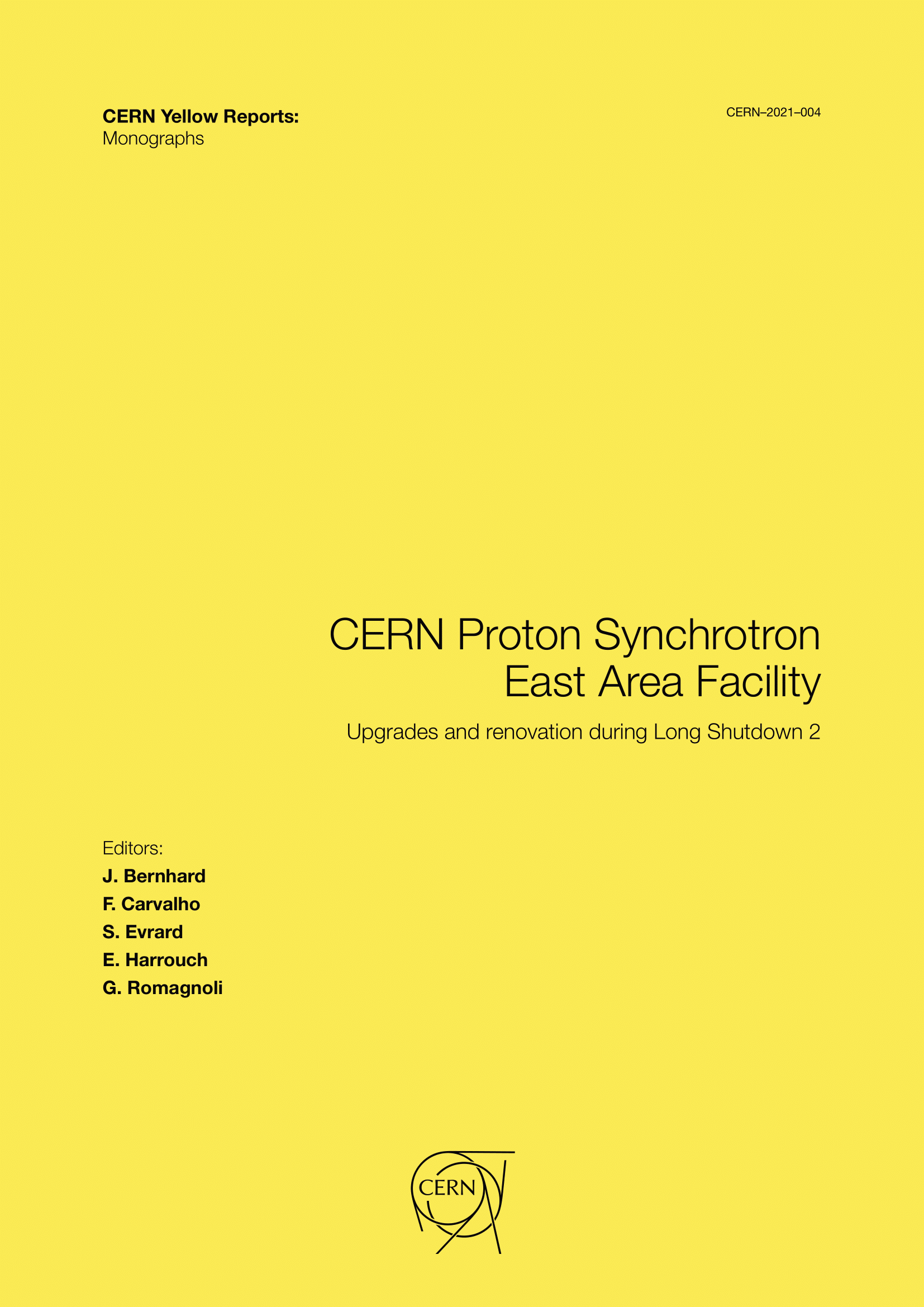Chapter 5 Infrastructure consolidation
DOI:
https://doi.org/10.23731/CYRM-2021-004.89Abstract
Constructed in 1963, Building 157 is 113 m long and 43 m wide at ground level. The roof is 21.8 m high at the central point above a skylight running longitudinally down its centre; it has a slope of 20% running down to the longitudinal façade summits at 15.6 m. The roof is 47.4 m wide as the longitudinal façades include wings protruding 2.2 m from a height of 7.5 m to the summits, running the entire length of the building. The longitudinal façades are made up of a variety of materials (masonry, wood agglomerate, fibro-cement, and glass). The end walls are made of reinforced concrete (Northwest wall) or wood agglomerate (Southeast wall).
The East Hall is now 55 years old and many facets of the building envelope are in an unacceptable state. There are dilapidated and unsafe materials forming and falling from the envelope of the building. The uninsulated envelope does not conform to current building energy-management requirements, resulting in disproportional thermal losses and hence financial losses due to heating requirements.
The envelope renovation project has two principal objectives with a number of specific objectives.
– ‘To improve the safety and comfort in the building by replacing the existing envelope’.
- Removing the dilapidate asbestos-containing ceiling panels.
- Removing existing poorly fixed, single-glazed windows with asbestos containing joints.
- Removing existing uninsulated fibro-cement façade panels.
- Eradicating the water infiltrations coming from the roof.
– To ensure a synergy with the consolidation of the façade of the attached Building 156.
As such, the entire envelope was studied in an attempt to create a safe environment, optimizing energy savings, responding to modern building codes, and respect an aesthetic liaison with Building 156.
Downloads
Published
Issue
Section
License
Copyright (c) 2021 CERN

This work is licensed under a Creative Commons Attribution 4.0 International License.
Authors who publish with this publication agree to the following terms:
- CERN retains copyright and publishes the work licensed under the Creative Commons Attribution License 4.0 that allows others to share the work with an acknowledgement of the work's authorship and initial publication in this series.
- Authors are able to enter into separate, additional contractual arrangements for distribution of the published version of the work (e.g., post it to an institutional repository or publish it in a book), with an acknowledgement of its initial publication in this series.
- Authors are permitted and encouraged to post their work online (e.g., in institutional repositories or on their website) prior to and during the submission process, as it can lead to productive exchanges, as well as earlier and greater citation of published work (See The Effect of Open Access).

